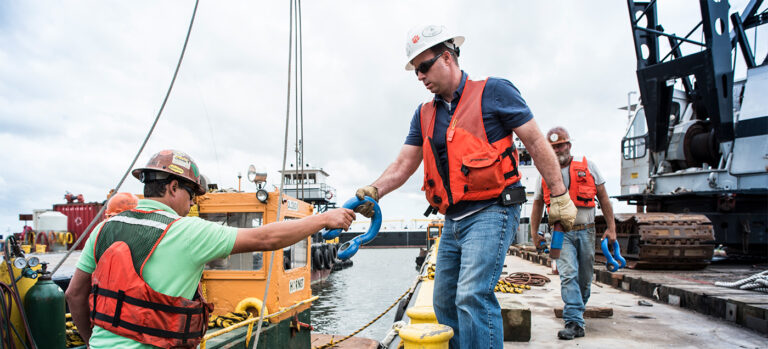Why UK Forex Brokers Are Prioritizing Ultra-Low Latency Connections
Speed has been the core of trading but in recent years UK forex brokers have placed increasing emphasis on the provision of ultra-low latency connections. In an environment where price fluctuations can occur within a fraction of a second, the speed of the trade transactions has become a factor of customer satisfaction and competitiveness. Minimal delay is no longer a technical enhancement; it is an approach to infrastructure, collaboration and services offered to clients.
The complexity of contemporary trading strategies is the primary factor that motivates the need to execute the trading strategies faster. Algorithms and algorithmic traders are companies that use high-frequency trading methods and depend on fast data transfer and real-time execution to exploit opportunities that exist only for milliseconds. For their part, UK brokers compare themselves against international competitors by making sure that their relationships with liquidity providers and exchanges are streamlined to eliminate all potential delays. This necessitates not only high-tech server technology, but also physical location close to key financial centres like London, New York and Frankfurt.
This priority has led to infrastructure investments. Traders are also shifting important systems to co-location data centers where the trading servers are located together with the exchange infrastructure. These brokers reduce the distance between servers to a minimum, which reduces latency and offers clients a competitive advantage. The effect of this strategy is that the order routing and trade confirmations are done as close to real time as possible and this makes the broker credible in the eyes of traders who place premium on speed.
The other issue that has influenced this trend is the internationalization of forex markets. Traders are no longer limited to domestic liquidity pools and brokers have to provide access to overseas markets efficiently. Firms in the UK can now compete fairly with brokers in Asia and the North American market where speed has traditionally been regarded as a major differentiator with ultra-low latency connections. To clients who are interested in international exposure, there is the promise of fast execution that inspires them to trust their broker in managing risks and achieving good prices.
Even technology alliances have been crucial. Several brokers in the UK are collaborating with special fintech vendors to implement network optimization, low-latency trading software. These partnerships help them make improvements like direct market access (DMA), smart order routing, and real-time risk monitoring. With in-house competence and external innovation, brokers are able to provide performance levels that will satisfy both professional and retail traders.
Faster is not the only advantage of ultra-low latency. Less slippage, smaller spreads and enhanced accuracy in trade are all attributed to superior client results. Once the traders experience good returns, they will be willing to stick around and may refer other traders to the forex broker. To the firms, it comes as a case of better reputations and a lead over others in their pursuit of clients who believe that quality of execution is not negotiable.
In the future, the quest for ultra-low latency will continue being strongly associated with new technologies. New advancements in fiber-optic communication, microwave transmission and, ultimately, quantum networking may further decrease delays and bring the industry to near-instantaneous execution. Brokers in the UK investing in such innovations early will find themselves ahead of competitors and will cement their image of being a leader in the field of technology-based trading solutions. Finally, the priority of ultra-low latency connections is part of a larger truth in forex: velocity is the opportunity cost. Whenever a forex broker meets this expectation, trust is built and performance improved, and the forex broker stands out in an industry where each millisecond counts.







